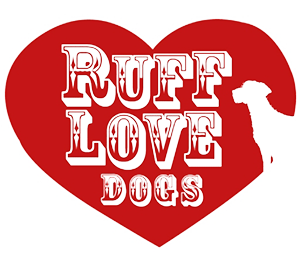6 Tips to keep your dog safe in cold and snowy weather.
Written by Dog Enthusiasts
Updated February 6, 2024
Although it may not feel like it, it’s winter! As dog parents, we should all take certain precautions to keep our dogs safe during the winter season. Keep in mind that different dog breeds fare much differently than others in the cold temperatures and snowy/icy conditions. Below are a few tips to be aware of this winter.
LIMIT OUTDOOR EXPOSURE
On really cold days try to limit your dog’s time outdoors. Prolonged exposure to freezing temperatures can lead to hypothermia and frostbite. This is particularly important for breeds with short fur or little body fat. If there is a lot of snow on the ground, you can proactively clear away the snow in a certain area and that may allow them to find a spot to take care of business more quickly.
PROTECT YOUR DOGS PAWS
When going outside in the cold weather, consider using booties to protect your dog’s paws from ice, snow, and harmful deicing chemicals. You can also use a paw balm to help protect and moisturize their paw pads. Apply the paw balm before they go outside and then reapply it when they come back inside.
BUNDLE UP WITH A JACKET OR SWEATER
If you know your dog gets cold easily, you can try to make them more comfortable by using a jacket or a sweater. Before it gets too cold, you may want to practice putting it on them, taking it off them and letting them wear it for short periods of time to help get them used to wearing the extra layer.
BE MINDFUL OF ICE MELTS AND ANTIFREEZE
Use extra caution around ice melts and antifreeze. Most ice melts contain additives to lower the freezing point of ice to help it melt faster. The most common ice melts use sodium chloride, potassium chloride, and calcium chloride which can be highly toxic to dogs. Dog-friendly ice melts typically use magnesium chloride which is much safer but still may cause your dog to have an upset stomach, if ingested. In addition, prolonged exposure to ice melt can cause your dog’s paws to be irritated. Antifreeze contains ethylene glycol, which is also highly toxic to dogs. Be very cautious when using and storing antifreeze. If there are any spills or leaks be sure to clean them up immediately.
MONITOR FOOD AND WATER INTAKE
Dogs will burn more calories trying to keep their bodies warm in the cold weather. If they’re going to be spending a lot of time outside, be sure to give your dog a little extra food on the cold days when their body is working harder to keep warm. When it’s too cold to get out for a walk or your dog isn't able to get to daycare to burn some energy, be sure to adjust their food intake to account for the lack of calories burned throughout the day. Always provide your dog plenty of water.
DON’T FORGET ABOUT GROOMING
Regular grooming is essential during winter. Trim long fur between your dog’s toes to help prevent ice buildup. Try to keep their coat clean and well-brushed. Doing so will help your dog maintain their natural insulation. After walks and spending time outside, wipe your dog’s paws, legs, and belly to remove any ice, dirt, or chemicals. These substances can irritate your dog and be harmful if licked or ingested.
Winter can be a lot of fun for dogs! As dog parents, we just need to take a few extra precautions to help our dogs stay safer and healthier!

